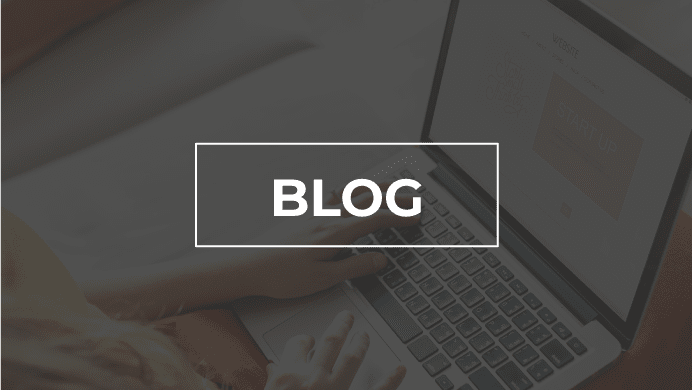Leave Credit
Meaning & Definition
Leave Credit
Leave credit pertains to the earned leave benefits that an employee has accumulated over a specific duration, generally through paid time off options offered by their employer. It represents the total leave entitlement, encompassing vacation days, sick leave, and other types of leave, which the employee can use in the future.
Frequently Asked Questions (FAQ's)
-
What is the leave account?
A leave account is a record or summary of an employee's accrued, utilized, and remaining leave balances. It typically includes information about various types of leaves, such as vacation, sick leave, and personal time. Employers use leave accounts to manage and track employees' time off, ensuring accurate and fair leave policies implementation.
-
Can CL and EL be taken together?
Casual Leave (CL) and Earned Leave (EL) can generally be taken together, depending on the organization's policies. However, specific rules may vary, and it's advisable to consult your company's leave policy or speak with the HR department to understand the applicable regulations.
-
What is a leave balance?
A leave balance refers to the amount of leave (such as vacation, sick leave, or other types) an employee has accrued, taken, and has remaining. It represents the current status of an employee's available leave, reflecting both utilized and unused leave days. Employers use leave balances to manage and track employees' time-off entitlements.
-
Which leaves are paid leave?
Paid leave typically includes various types of leaves for which employees receive their regular salary or wages during the absence.
- Time off granted for leisure, rest, or personal reasons with continued pay.
- Leave taken due to illness or medical reasons with continued pay.
- Time off on recognized public holidays with full pay.
- Leave provided to new parents with continued pay.
- Leave granted due to the death of a close family member with continued pay.
-
How many types of leave are there?
- Vacation Leave: Time off for leisure or personal reasons.
- Sick Leave: Leave for health-related reasons or illness.
- Maternity/Paternity Leave: Time off for new parents.
- Bereavement Leave: Leave granted due to a death in the family.
- Public Holidays: Recognized days off with pay.
- Casual Leave (CL): Short-term leave for unforeseen circumstances.
- Earned Leave (EL): Leave accrued based on the length of service.
- Special Leave: Granted for unique situations or events.
-
What is difference between PL and CL?
Privilege Leave (PL) and Casual Leave (CL) differ in their purpose and usage. PL is typically planned and used for vacations, rest, or personal reasons, and it's usually accrued over time. CL, on the other hand, is often unplanned and used for unforeseen circumstances or emergencies. CL may have a limit on the number of days that can be taken in a year and is often not accumulated. Both types of leave may be subject to company policies and regulations.



